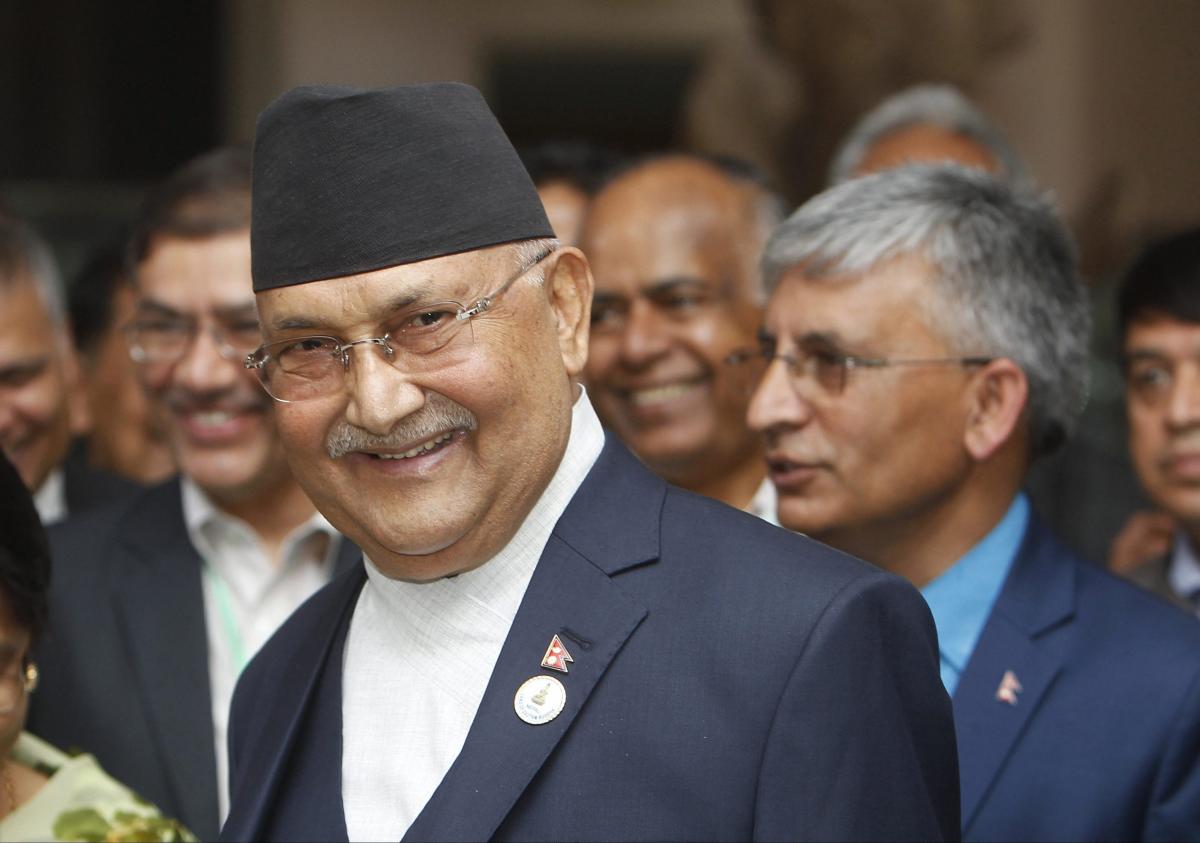
SOURCE: DHNS
Nepal on Wednesday alleged that India had encroached upon its territory by deploying soldiers, building a temple and creating an artificial river. Nepal’s Prime Minister K P Sharma Oli said that India had built a temple for Goddess Kali, created an artificial ‘Kali River’ and deployed Indian Army personnel in order to encroach upon Kalapani, Lipulekh and Limpiyadhura, which earlier belonged to the territory of his country.
He also criticised Uttar Pradesh Chief Minister Yogi Adityanath for his recent remark, advising Nepal not to commit the mistake of ratcheting up territorial dispute with India. Such remarks were not acceptable for people and the government of Nepal, said Oli.
He said that Nepalese Government’s claims on Lipulekh Pass, Limpiyadhura and Kalapani were “based on historical records” and India should return the areas it had encroached upon to Nepal.
Oli addressed the House of Representatives in Kathmandu on Wednesday – a day after the lower house of the Nepalese Parliament unanimously approved a proposal to take up a Bill to amend the country’s Constitution in order to endorse the new maps his government had issued showing territories claimed by India as part of Nepal.
The new map of Nepal published by the Nepalese Government on May 20 included Lipulekh Pass, Kalapani and Limpiyadhura – the areas New Delhi claims to be part of the territory of India. Oli’s cabinet had on May 19 decided to publish the new political and administrative map of Nepal, in order to re-assert its claim on the disputed areas. The move was in response to construction of a strategic road by India from Dharchula in its Uttarakhand State to Lipulekh Pass near its disputed boundary with China.
Oli’s Government alleged that the road built by India passed through the territory of Nepal
India rejected Nepal’s allegation and its “unjustified cartographic assertion” and “unilateral move”.
The dispute has its origin in the Treaty of Sugauli, which Nepal had signed with the British East India Company in December 1815. Both New Delhi and Kathmandu are still committed to the treaty, which identified the Kali River as the India-Nepal border in the region. They, however, could not resolve differences in perception over the source of the river.
Kathmandu claims that the river originated from Limpiyadhura and that is why Kalapani and Lipulekh on the east side of the stream are part of the territory of Nepal. But New Delhi argues that what Kathmandu identifies as Kali River is, in fact, a rivulet called Lipu Gad which joins the main river. It maintains that the Kali River begins from where the Lipu Gad meets with the stream from the springs of Kalapani and thus, Lipulekh Pass, Kalapani and Limpiyadhura belong to India.
https://defencenewsofindia.com/nepal-alleges-india-encroached-upon-its-territory-by-deploying-army-creating-artificial-river/






